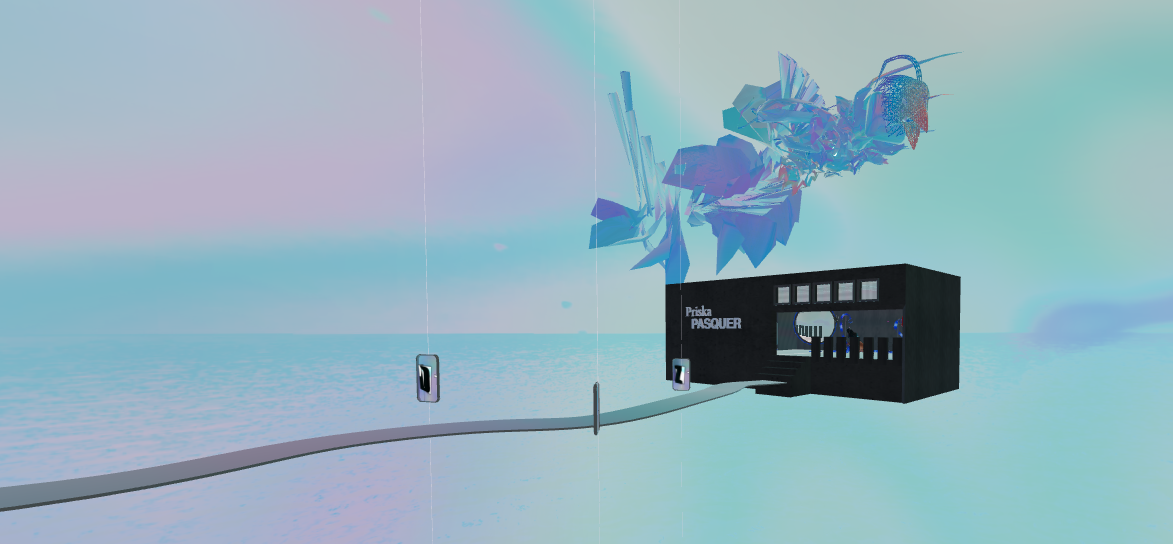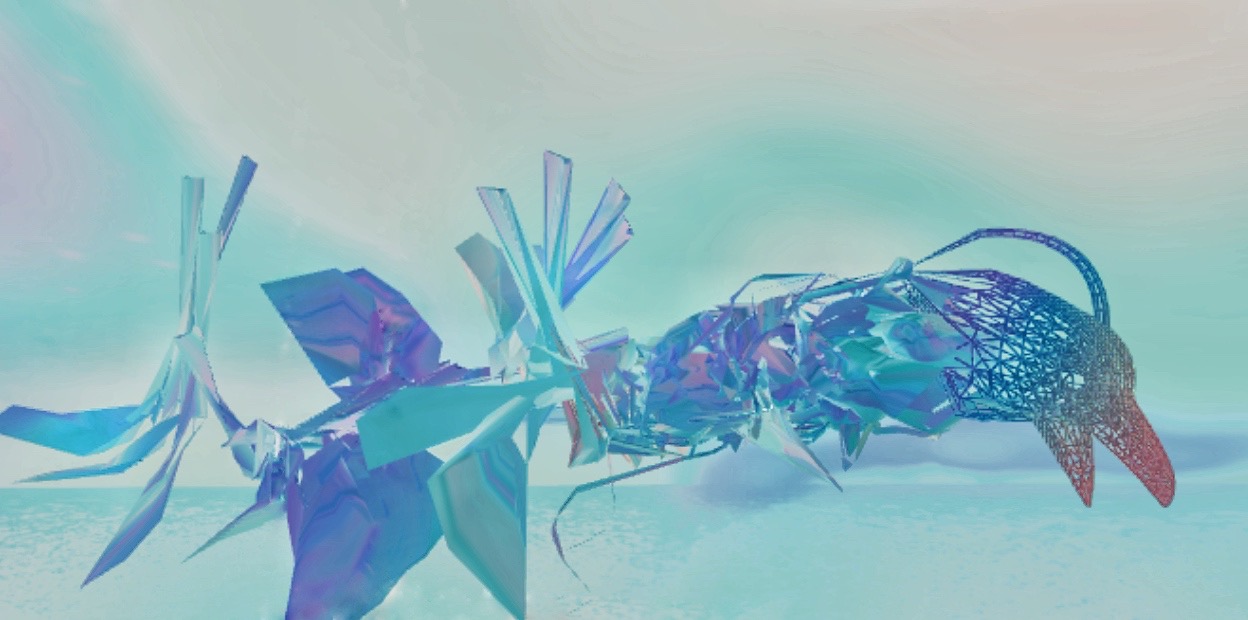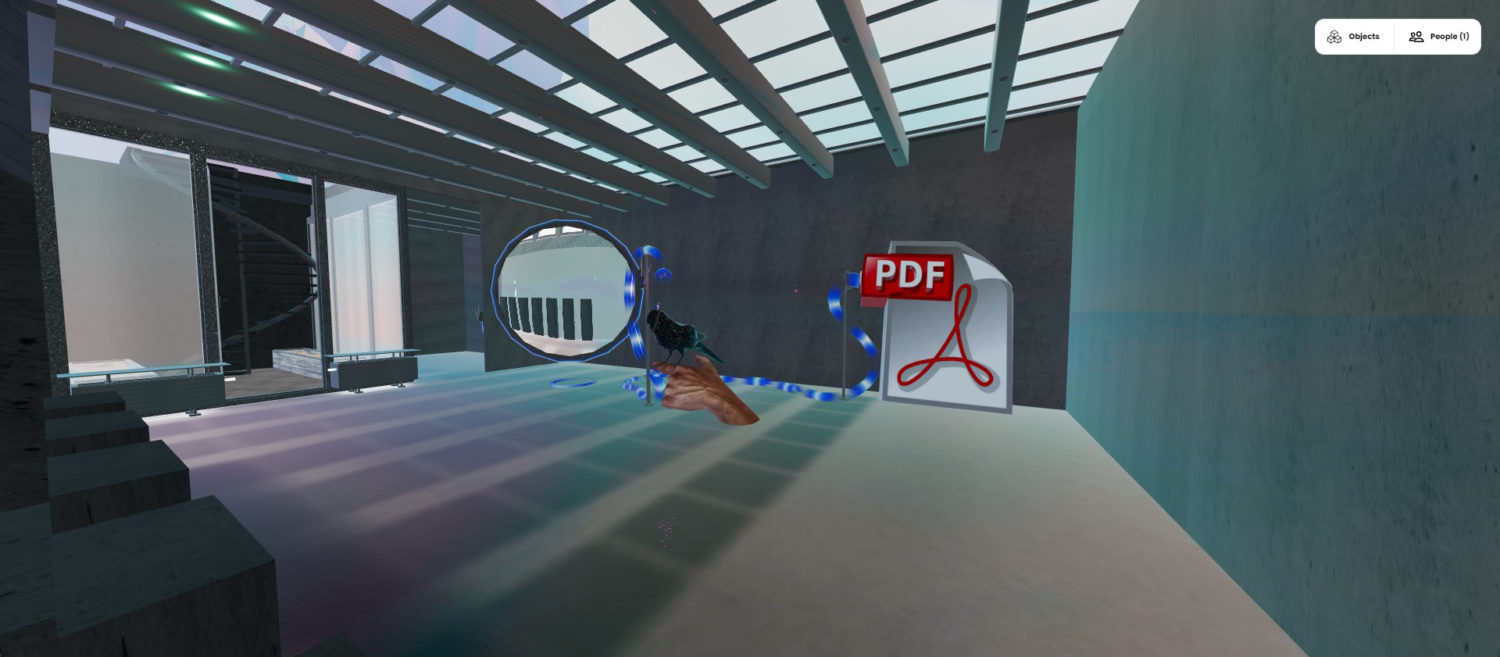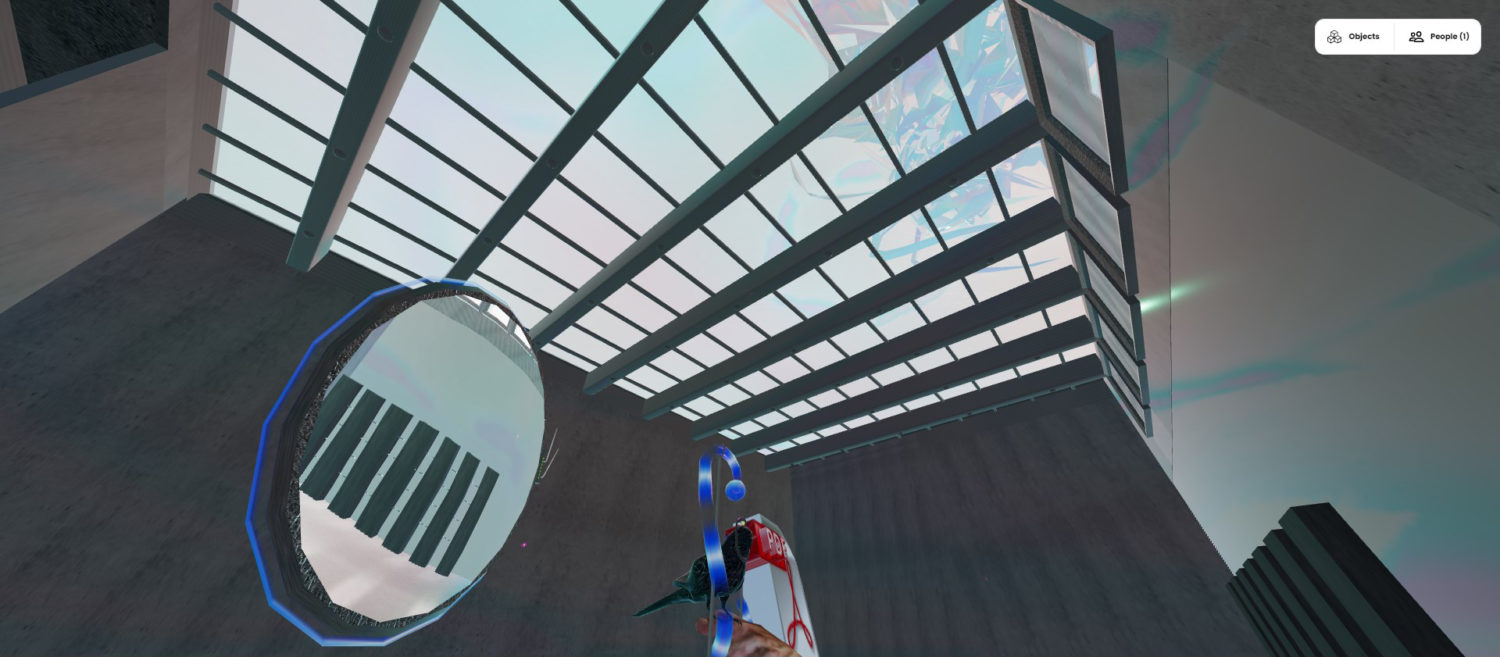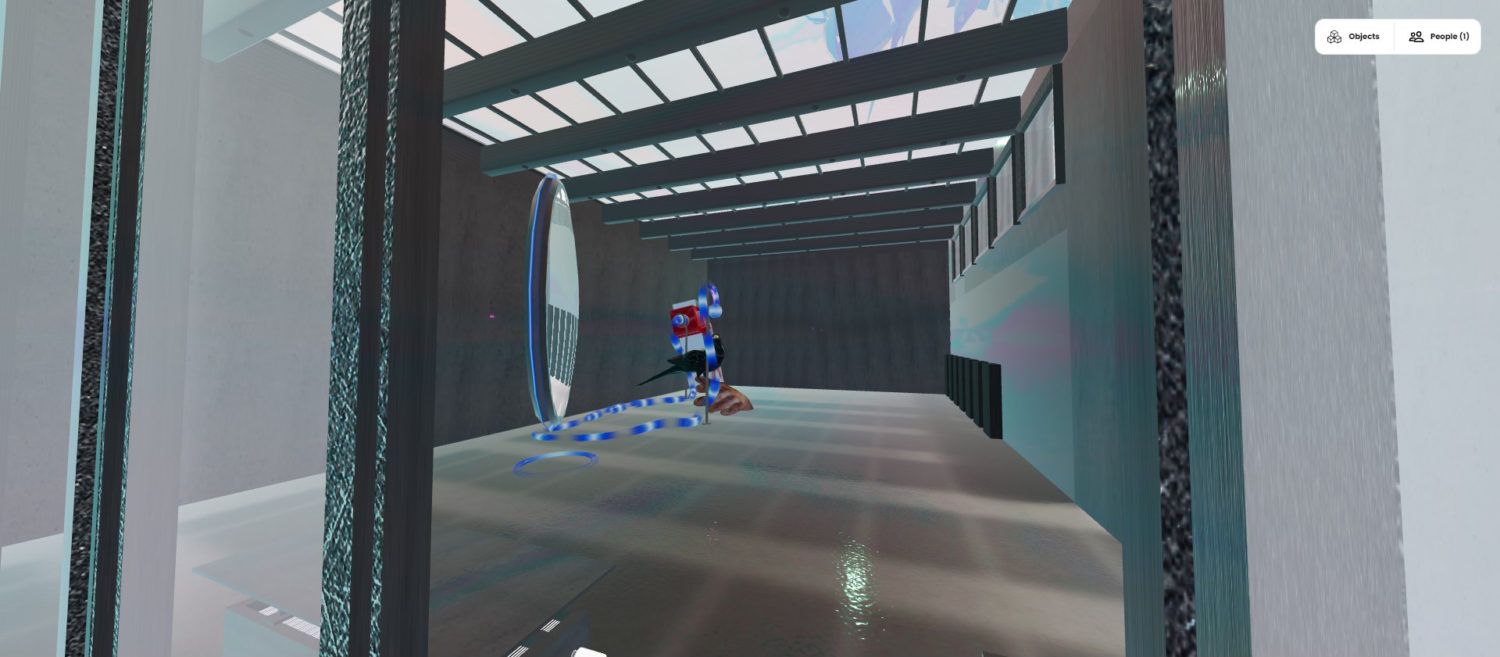MOHSEN HAZRATI – PHOENIX FROM THE ASHES
Curated by Tina Sauerlaender (peer to space)
Mohsen Hazrati’s work fuses new technologies with old traditions. The Iranian artist is interested in how literary forms come into existence, and the ways in which writing transmits meaning and value over centuries. Significance highly depends on the individual reader’s background, their cultural conditions, and the circumstances of their time. Words have an ever-changing connotation depending on the unique experience of every new person reading them. The meaning of words constantly transforms. Like the Phoenix, the legendary bird who rises anew from its own ashes, myths and narrations continue to exist and to transform in an eternal cycle.
In the exhibition, Mohsen Hazrati involves the visitors in the process of creating words and meanings. Along the way to the virtual gallery, visitors choose their avatars in the shape of letters from the Latin alphabet on a sheet of paper. In this way, each visitor embodies a letter and represents its meaning. In a mirror at the PRISKA PASQUER Virtual Gallery, they encounter themselves and other avatars and they jointly create new words. Though it appears as a mirror, it is actually a stream being recorded by the budgerigar bird sitting beside it. In Iranian culture, the budgerigar bird, perched on the hand of its owner, picks a written note out of a stack of cards containing quotes from the famous Shirazi poet Hafiz. For its reader, the text functions as a divination. This method of telling the future or finding answers through randomly chosen text passages is called bibliomancy. It posits that there is a mystic connection between the individual and the text in that moment of selection, since the individual will interpret the text according to their needs and wishes. Instead of picking paper notes, the budgerigar bird in Hazrati’s installation draws its inspiration from a huge PDF document, thus symbolizing today’s digital books and their corresponding knowledge.
The artist liberates the gallery from its grounded existence and turns it into a free-floating place in the sky. A majestic bird hovers above the gallery. The winged giant not only evokes the Phoenix, but also the Persian Simurgh, the king of the birds, which serves as a symbol for the self-knowledge that can only be reached when adhering to virtues like kindness or benevolence. The bird’s appearance reflects the colors of its surroundings and therefore metaphorically encompasses the whole space. Circling back to the idea of our avatars creating words from letters, the mystic bird symbolizes that not a single letter or person is of too much significance. Together, we create, shape, and constantly transform our own narratives.
The giant bird (“TayAR”) is commissioned by Grafikens Hus as part of the app Protoworld.
Kuratiert von Tina Sauerländer (peer to space)
In der Ausstellung bezieht Mohsen Hazrati die Besucher*innen in den Prozess der Wort- und Bedeutungsschöpfung ein. Auf dem Weg zur virtuellen Galerie wählen die Besucher*innen ihre Avatare in Form von Buchstaben des lateinischen Alphabets aus. Auf diese Weise verkörpert jede*r Besucher*in einen Buchstaben und repräsentiert dessen Bedeutung. In einem Spiegel der virtuellen Galerie PRISKA PASQUER begegnen sie sich selbst und anderen Avataren und bilden gemeinsam neue Wörter. Doch was wie ein Spiegel aussieht, ist in Wirklichkeit ein Videostream, den der Wellensittich daneben mit einer Kamera aufnimmt. In der iranischen Kultur wählt ein Wellensittich, der auf der Hand seines Besitzers sitzt, nach dem Zufallsprinzip einen Zettel aus einem Gefäß mit vielen Zetteln aus, die jeweils ein Zitat des berühmten Dichters Hafiz aus Shiraz enthalten. Der Text fungiert für die Leser*innen als eine Art Weissagung. Diese Methode, die Zukunft vorauszusagen oder Antworten durch zufällig ausgewählte Textpassagen zu finden, wird Bibliomantie genannt. Sie geht davon aus, dass in diesem Moment eine mystische Verbindung zwischen dem Individuum und dem Text besteht, da das Individuum den Text entsprechend seinen Bedürfnissen und Wünschen interpretiert. Der Wellensittich in Hazratis Installation greift nicht auf Papiernotizen zurück, sondern lässt sich von einem riesigen PDF-Dokument inspirieren und symbolisiert damit die heutigen digitalen Bücher und das darin enthaltene Wissen.
Der Künstler befreit die Galerie von ihrer geerdeten Existenz und lässt sie zu einem frei schwebenden Ort am Himmel werden. Ein majestätischer Vogel schwebt über der Galerie. Der geflügelte Riese erinnert nicht nur an Phönix, sondern auch an den persischen Simurgh, den König der Vögel, ein Symbol für die Selbsterkenntnis, die erreicht wird, wenn man sich an Tugenden wie Freundlichkeit oder Wohlwollen hält. Das Aussehen des Vogels spiegelt die Farben seiner Umgebung wider und umfasst somit metaphorisch den gesamten Raum. In Verbindung mit dem Gedanken, dass unsere Avatare gemeinsam Worte erschaffen, symbolisiert der mystische Vogel, dass kein einziger Buchstabe oder Mensch eine zu große Bedeutung hat. Stattdessen erschaffen, formen und verändern wir gemeinsam unsere eigenen Erzählungen.
Der Riesenvogel (“TayAR”) wird von Grafikens Hus als Teil der App Protoworld in Auftrag gegeben.

